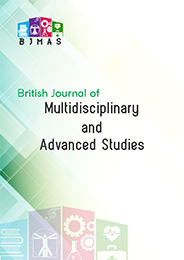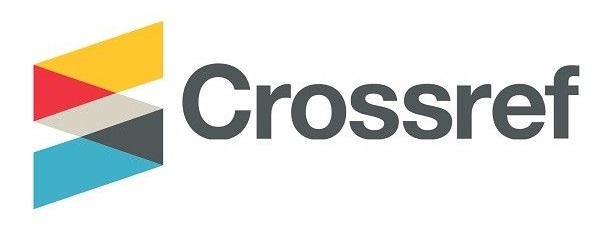Our Princes are in Borrowed Robes: Significance of Expressed Costume Choices by Selected Ghanaian Playwrights
DOI:
https://doi.org/10.37745/bjmas.2022.04143%20Abstract
The playwright’s work remains the blueprint upon which all other theatre artists build their craft. This positions playwrights as indispensable artists in theatrical discourse. While some playwrights express specific costume demands in their texts, others leave it to theatre directors and designers to decipher the appropriate costume choices for the plays. The former suggests a stylistic feature by some playwrights; however, less visibility appears to be given to this phenomenon in Ghanaian theatre scholarship. What the significance and implications are for both the costume designer and playwrights is the subject of this exploration. Employing a qualitative approach, this paper samples three Ghanaian playwright educators and their costume choices and examines the dramatic significance of their choices. The findings of the study revealed that the rationale for expressing costume choices was to project major characters, and that the necessity to create special characters, create impression, as well as scene changes and time, all influenced character costume choices. The significance of costume choices was to project a rich tapestry of cultural identity and characters and enforce themes, while the implications of such costume choices were to support costumiers, make issues easier for them and the playwright, and encourage them to be more creative. Ultimately, this study contributes to scholarship on costume usage in theatrical discourse.
Downloads
Published
Versions
- 07-08-2024 (5)
- 07-08-2024 (4)
- 07-08-2024 (3)
- 06-08-2024 (2)
- 06-08-2024 (1)












